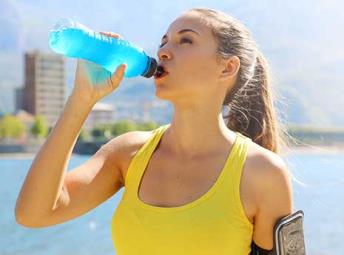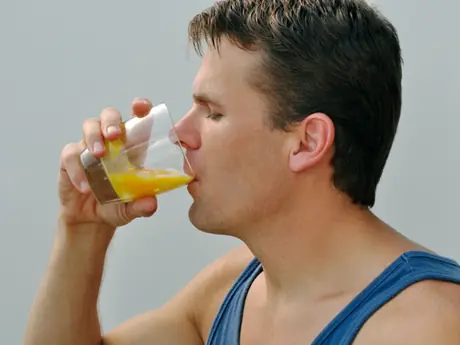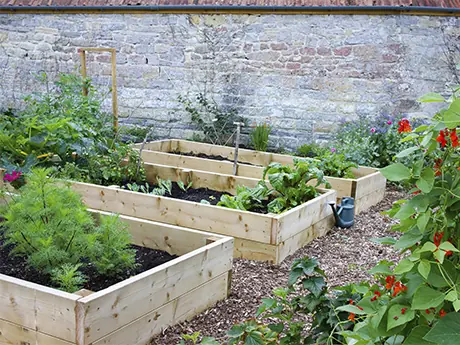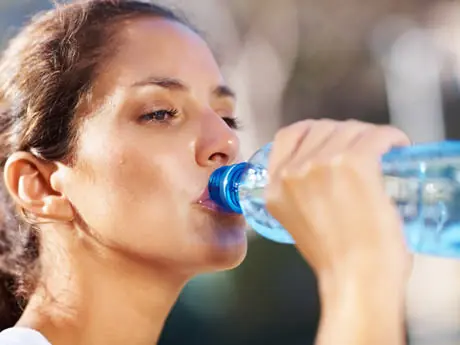
An appropriate water and electrolyte balance are critical for the function of all body systems. Water provides the medium for biochemical reactions within cell tissues and is essential for maintaining an adequate blood volume and the integrity of the cardiovascular system.
More: Measure Your Sweat Loss for Optimal Hydration
According to the Institute of Medicine, 20 percent of your water intake comes from food sources. Many fruits and vegetables, such as watermelon, broccoli and tomatoes, contain 90 percent or higher water content by weight.
It is important for athletes to be well-nourished and well-hydrated before going to a workout or competition. During exercise, body temperature rises and the body sweats. Your body loses water and electrolytes. Dehydration can cause blood volume to drop, which lowers the body's ability to transfer heat and forces the heart to beat faster, making it difficult for the body to meet aerobic demands.
More: 15 Hydration Facts for Athletes
During exercise, especially in the heat, individuals can sweat as much as 2.5 liters of water per hour. It is very important to avoid dehydration. Always try to match fluid consumption with sweat loss. This can be extremely challenging especially if using thirst as your guide. Thirst, unfortunately, is usually perceived too late. Individuals may not feel thirsty until they have lost approximately 3 pounds of body/water weight.
Virtually all food has some water in it. Natural, whole foods have the highest water content. Fruit and vegetables contain 80 to 98 percent water. Eating dense vegetables such as cucumbers, tomatoes, jicama, beets, carrots or celery with a meal or snack is one of the easiest ways to improve your hydration.
More: Hydration and Electrolyte Tips for Race Day
Electrolytes
Electrolytes are electrically charged minerals that play a role in muscle contraction and various other physiological processes. The right balance of electrolytes in the body is vital to maintaining proper body function. Electrolyte imbalances occur when the amount of water in your body fluctuates.
Hydrating Foods
Drink eight to 10 glasses of clear fluids daily and eat one to two juicy fruits and veggies per meal to stay hydrated. The list below contains the most hydrating foods. Water-rich fruit and vegetables act like an "all in one" meal and beverage, providing essential minerals, natural sugars, amino acids and vitamins that are all lost in exercise.
More: How to Create a Race-Day Hydration Plan
Watermelon contains 92 percent water, 8 percent natural sugar, and essential electrolytes such as, calcium, magnesium, potassium and sodium. Watermelon is rich in Vitamin C, beta carotene and lycopene which will give the body protection from UV light.
Grapefruit contains only 30 calories and is comprised of 90 percent water. Phytonutrients called limonoids, found in grapefruits, can be detoxifying and may inhibit tumor formation of cancers.
Coconut water is comprised of 95 percent water. It is one of the most popular ways to hydrate the moderate intensity athlete. Coconut water differs from coconut milk because it is found in young coconuts only. It may be a poor choice for high intensity or endurance athletes because of its relatively low carbohydrate and low sodium content.
- 1
- of
- 3
About the Author








Discuss This Article